Need an air compressor + LVLP to finish kitchen cabinets?
I’m building maple kitchen cabinets for my wife with a dark stain- sort of like vintage cherry. I’ve built two cabinets already for a part of the kitchen not used for cooking. I used pre-finished 3/4″ 5-ply maple veneered plywood for the boxes and solid maple drawer fronts and frame/panel doors. My finish for the exterior involved 10 coats- including two blotch prevention coats of Charles Niel’s blotch prevention stuff- followed by two applications of water-based dye, two coats of wipe-on oil gel stain, three coats of Enduro-Var waterbased polyurethane, and one coat of paste wax. The finish looks awesome but needless to say it took a while to apply.
Now I’m building the main set of cabinets. I purchased unfinished 3/4″ 11-ply maple veneered plywood on sale- for about half the cost of the pre-finished stuff and with more ply layers. But now I have to finish the interior of the cabinets in addition to the exterior. I’m thinking of investing in a spray system and would like to spend about $600-$700 max. My logic- spraying the water-based dye would eliminate the need for blotch control and spraying the dye plus the polyurethane would be much, much quicker. I also could entertain using lacquer instead of polyurethane.
I own a small hotdog compressor for my nail guns but it is too small to run a LVLP gun. I am fortunate to have a dedicated shop which is wired for both 110v and 220v. Three or 4-stage turbine units would work well but their price seems to start around $800. So I’m looking at purchasing either a new or used 2 hp 20-gallon compressor (e.g., Puma on wheels) and a gravity feed LVLP gun or spend about $100 more and get a 3 hp 60-gallon compressor with a HVLP gun. I’m not a professional and would only use the compressor a few days per month. The only other air tool I can imagine running on my compressor is a die grinder for carving and both sized compressors can do that.
Not sure if I should splurge on the 3 hp 60-gallon compressor with HVLP? Is there any significant advantage to a big compressor in a woodworking shop over a 2 hp 20-gallon unit that I am ignoring? Same question for HVLP vs. LVLP? Finally, will the Enduro-Var poly be appropriate for the cabinets above the stove and below the sink or should I consider some sort of lacquer?
Thanks, I always appreciate the advice I get on this forum.
Lyptus
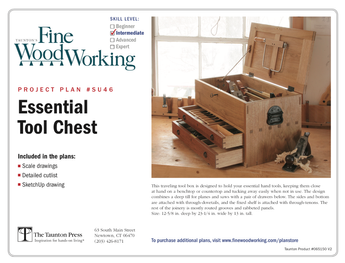
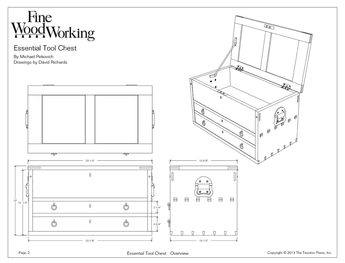
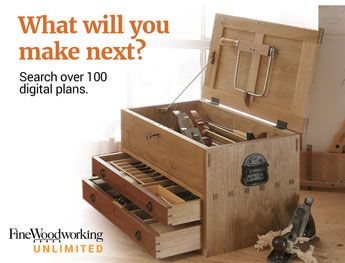
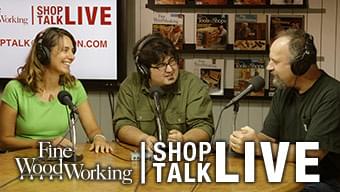


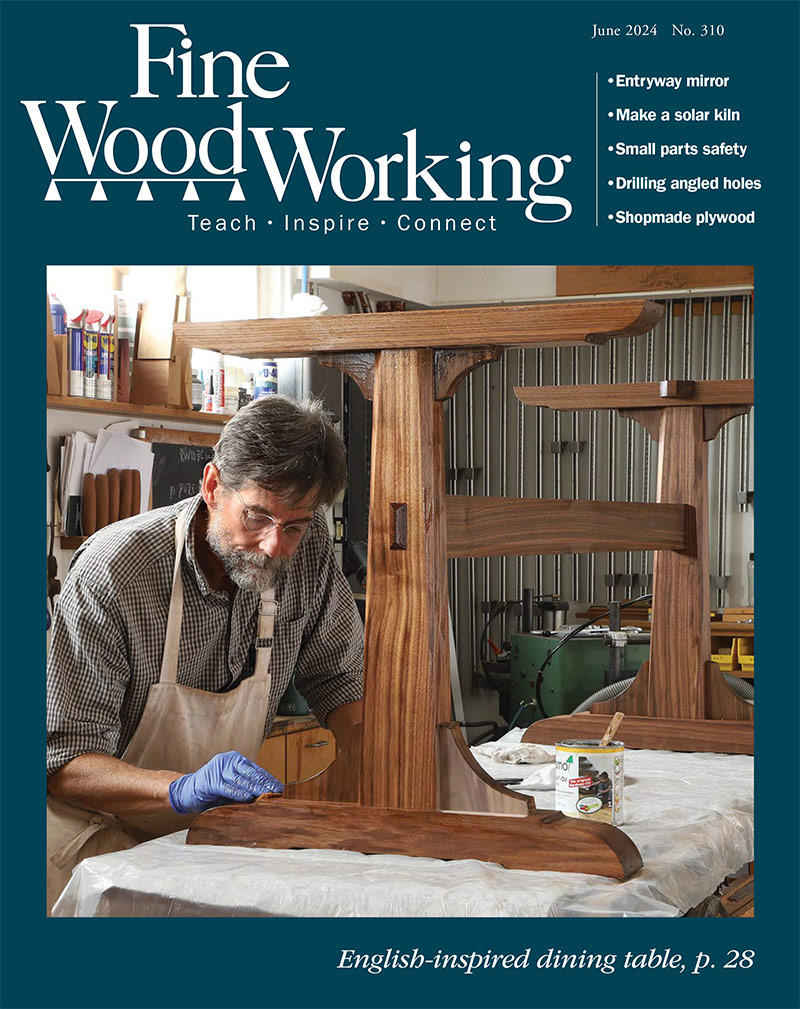
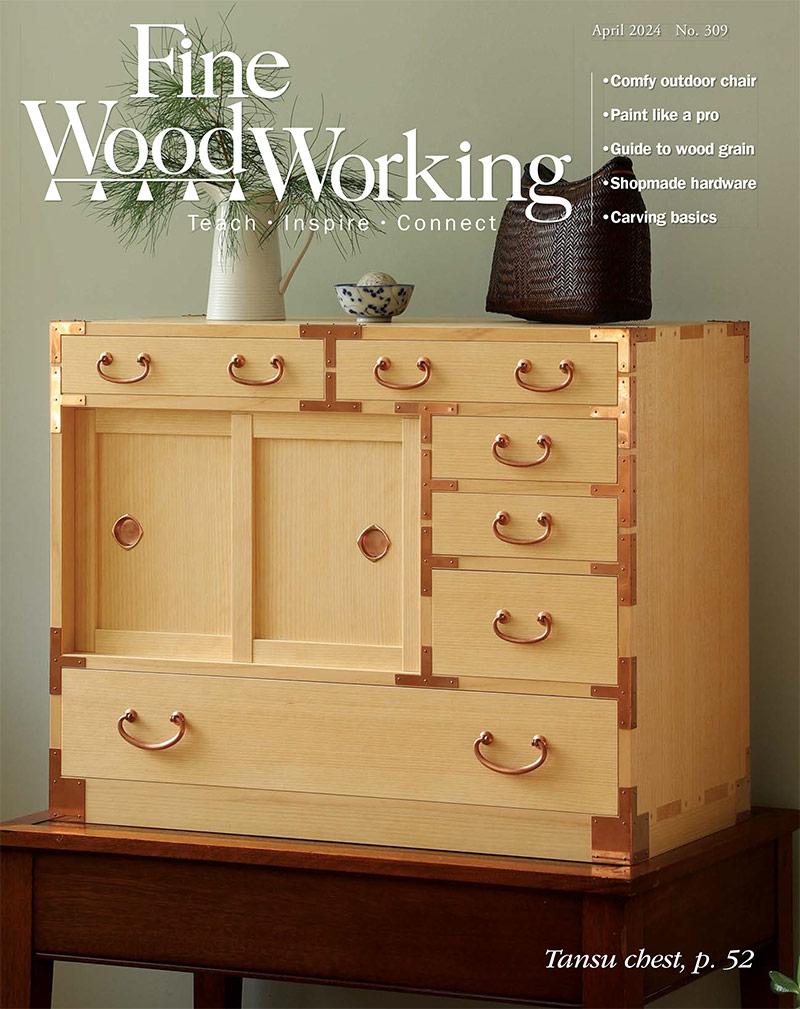
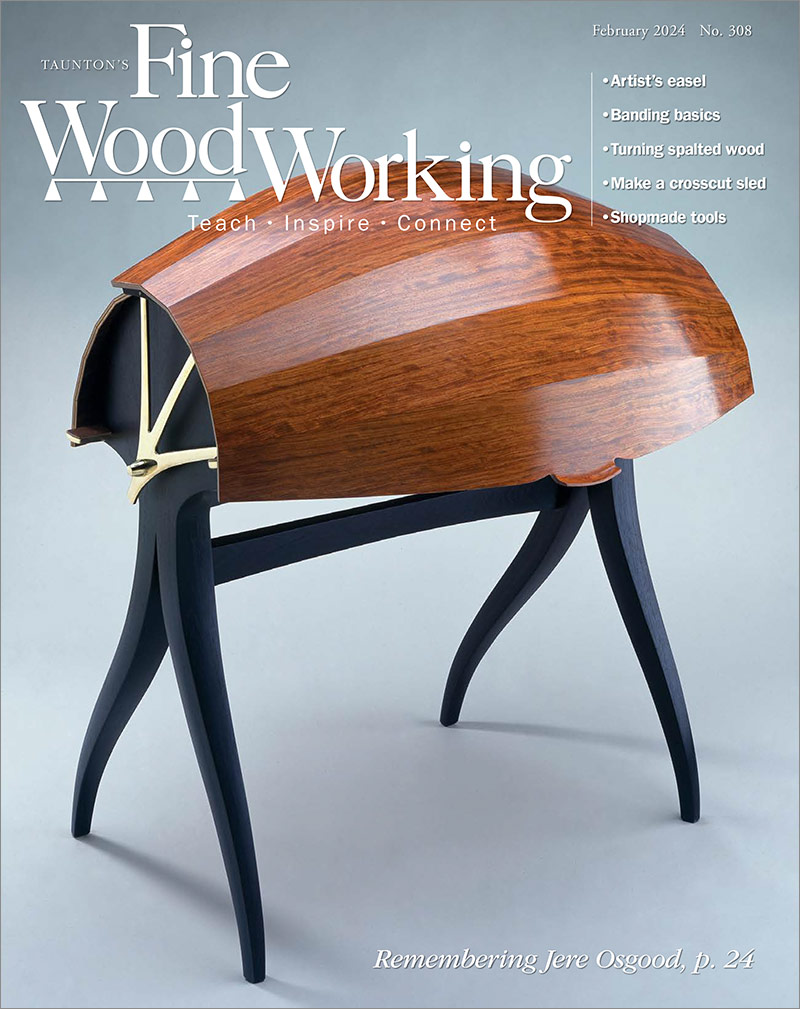
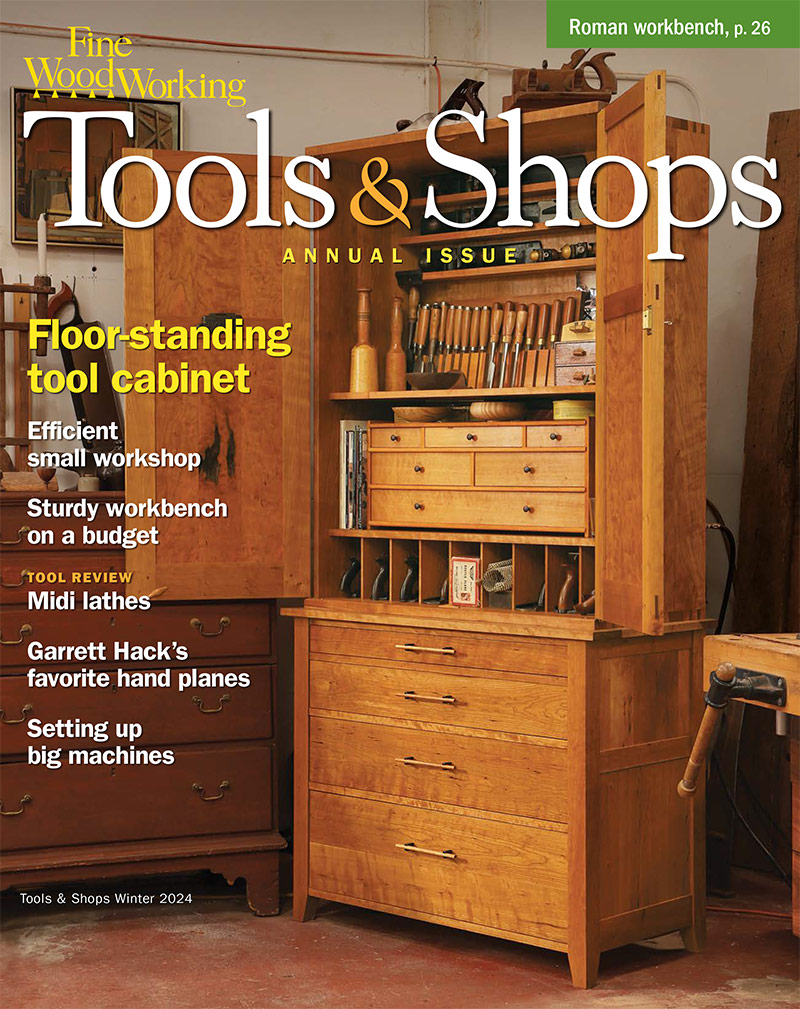
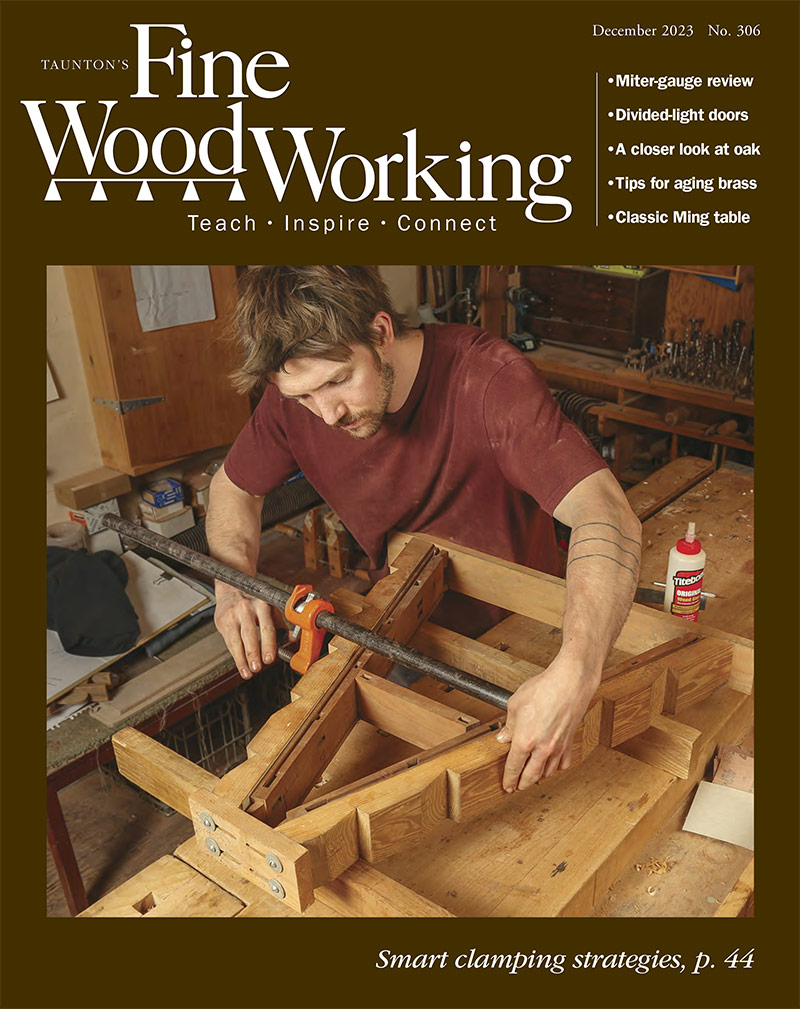
Replies
Choices
There are a bunch of questions there - but one I may be of help with is compressor size. I have the 3 HP -30 gallon - it's what I use with my binks gun - the older atomizing style. A two man shop and that size never slowed us down- It works fine and I never upgraded to the newer spray guns but results have remained good. With a 30 or 60 gallon tank you can spray without the motor powering on during a pass. It's a compressor size you won't outgrow whether you are spraying, or using air tools, especially the 60
SA
Would you mind sharing the brand and model number of your compressor and gun? I've looked for LVLP Binks guns but have not found any?
Thanks,
Lyptus
Compressor
Ingersol Rand Model T-10 single stage 220 volt - with a Binks gun Model 62 - oldies but they work for me. The dealer told me if I ever upgrade go to a 2 stage with a magnetic starter switch - see if you will get at least 6 CFM @ 40 PSI, check the continuous duty HP and if the unit is certified by the NEMA -
SA
Compressors and Spray Finishing
I have a 3 HP 60 gallon compressor, but it seldom runs even when I'm using my biggest spray gun. I think the 2 HP 30 gallon would be plenty big enough for spraying. Constantly using a die grinder may require larger than a 3 HP. My 3 HP barely kept up to an air sander that I had. It was so loud, that I got rid of it and bought a high end electric sander. Buy the 2 HP and spend your money on the spray guns.
I have several Sata spray guns and love ever one of them Each gun has its advantage depending on what I'm spraying and how much work/area I need to spray. Previously I had several cheaper/budget spray guns, which worked okay, but not great. I even bought a very expensive HLVP with a turbine (The King of Over-Spray), which I hated. My favorite guns are my Mini Jet 4 with a 1.2, which is now Mini Jet 3000B and for medium projects the 3000 HLVP Digital with a 1.3, which is now the SATA jet 4000B. You can buy these spray guns used in good condition for $200-300. Parts such as rebuild kits are readily available. I bought all but one them used, and cleaned/rebuilt them. Just make sure the needle and nozzle set are in good condition, because they are $100-200 per set. If you want to spray dye and do some touch-up, get a 0.8 set for the Mini Jet. Iwata guns are good too, but they don't have technical support for them where I live.
I suggest the 3M PPS cup system or Devilbiss Dekups system to hold finish. They are so much better than the factory gravity cups. You need an adapter for each gun, and they can be purchased at any automotive paint store that stocks the cups
.
I spray finish all my wood working. I use lacquer on the big projects, but have to plan it for summer, because I need to open my shop to the outside. I use waterborne in winter. Waterborne is not used much for wood finishing where I live, so it's difficult to get support and requires special ordering. I avoid oil base finishes, because any over-spray sticks to everything in my shop, and it has too long a drying time for me. For the same reasons I won't use poly-urethane, plus it's impossible to touch-up or rub out. ML Campbell Magnalac pre-catalyzed lacquer in satin is my favorite finish, and it's very durable. My second favorite spray finish is de-waxed shellac. I rub finishes out with Abralon 500, 1000, 2000, and 3000 pads. Use a spray bottle of water with a little Dawn soap for lube, and try to stay away from the edges with 500 or 1000.
Spray finishing those cabinets will give them a professional furniture maker look that's well worth the tool cost, and it saves lots of time on big projects.
Buy a compressor
The only place I can think of where a turbine spraying system has an advantage over a HLVP or LVLP, is doing flat wood (doors & trim) for a new house doors and trim. The turbine is portable, easy to set-up, and in a unfinished house you usually don't care about over-spray. The big blower hose is a pain, the cup guns are clumsy, and the good high pressure turbines cost as much as decent compressor and gravity gun. The biggest problem with turbine system is spraying inside anything like a cabinet, box, or drawer without getting dry spray. The turbine also heats the air, and often cause premature drying which stops the finish from self-leveling.
Keep in mind that you can use a compressor for many DIY tasks beyond painting.
I highly respect Jeff Jewitt. He helped me get started spraying and represents many good products. He can definitely help you with a good starter gun. FWW Issue #194 Article: Spray-Gun Choices - A fast, flawless, finish costs less than you think by Mitch Kohanek, is an excellent reference too.
My only reference for HPLV over LPLV, is that the HVLP guns I have used, spray waterborne finishes better than LPLV.
My spray finishing
I think I do okay spray finishing. Look at my profile on FWW and view an Asian inspired table that I spray finished "Phoenix Rising - Table". It has several layers of dye/stain, sealer, Japan paint, vinyl sealer, and hand rubber flat lacquer.
How much CFM is enough to Spray?
The answer to "How much CFM is needed to spray?", is a little complicated and it's one of those answers that starts out as "It depends". Unlike a positive displacement fluid pump, air compressor capacity/performance is on a curve and the general rule is that as pressure goes down, CFM goes up.
First consideration is the pressure PSI and volume CFM that's required at the gun. For general discussion purposes let's say you need 15 CFM at 29 PSI for the HVLP gun, or 10.1CFM at 32 PSI for the LVLP gun. For system requirements your going to loss about 10 PSI through a 40 foot x 3/8" ID hose, so for the worse case you'll need 15 CFM at 40 PSI on the regulator.
Keep in mind that when you are spraying furniture, you won't be continuously holding the gun open, and 15 CFM is very conservative. When I first started spraying, I successfully used my Emglo 1.1 HP 4 gallon compressor hooked in series to a 5 gallon auxillary tank to spray with a conventional gun. I just let the compressor catch-up between coats.
If you want to paint kitchen cabinets, then you can easily paint with the help of HVLP sprayer. Yor HVLP sprayer can easily work with 3 HP 60-gallon compressor. If you can use a big compressor with HVLp spray gun, then it can give a better performance. If you want to paint the smaller area, then you need an LVLP sprayer. It can give batter finishing to your object.
If you go with lacquer, consider precatylized for the heavy use kitchen cabinets. It's tougher than the regular stuff, and more pricey. SW sells in gallons only, and once the catylist is mixed it has a shelf life of a couple of months, so it does not make sense for small projects but would be ideal for kitchen cabinets.
This forum post is now archived. Commenting has been disabled